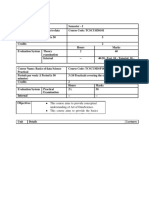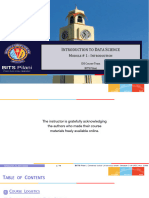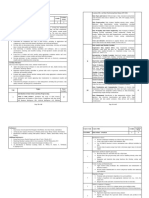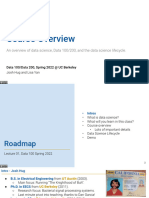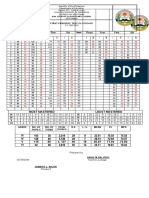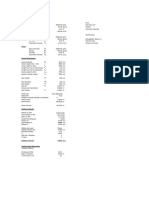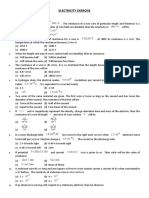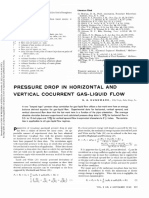0% found this document useful (0 votes)
14 views2 pages10212ec146 - Introduction To Data Science Syllabus
The document outlines the course 'Introduction to Data Science,' which aims to provide a foundational understanding of data science concepts and applications. It includes course outcomes, content covering mathematics, data science processes, modeling, visualization, and ethics, along with recommended textbooks and online resources. The course is categorized as a program elective with no prerequisites.
Uploaded by
ArunCopyright
© © All Rights Reserved
We take content rights seriously. If you suspect this is your content, claim it here.
Available Formats
Download as DOCX, PDF, TXT or read online on Scribd
0% found this document useful (0 votes)
14 views2 pages10212ec146 - Introduction To Data Science Syllabus
The document outlines the course 'Introduction to Data Science,' which aims to provide a foundational understanding of data science concepts and applications. It includes course outcomes, content covering mathematics, data science processes, modeling, visualization, and ethics, along with recommended textbooks and online resources. The course is categorized as a program elective with no prerequisites.
Uploaded by
ArunCopyright
© © All Rights Reserved
We take content rights seriously. If you suspect this is your content, claim it here.
Available Formats
Download as DOCX, PDF, TXT or read online on Scribd
/ 2

























